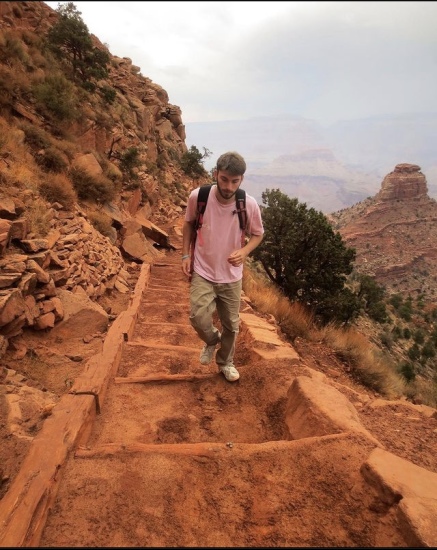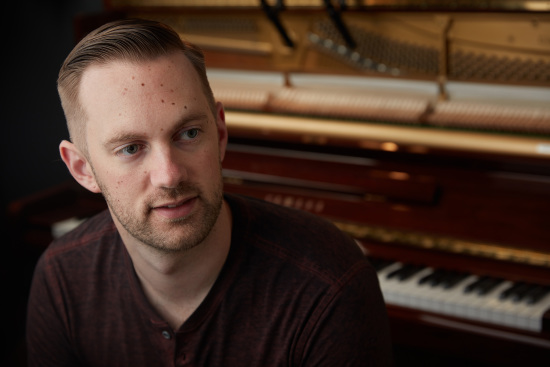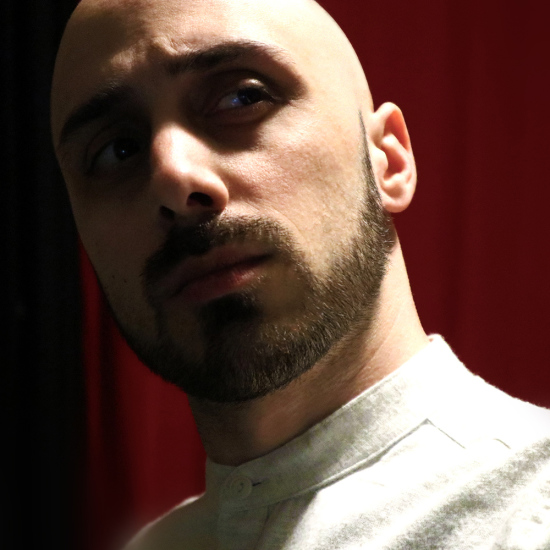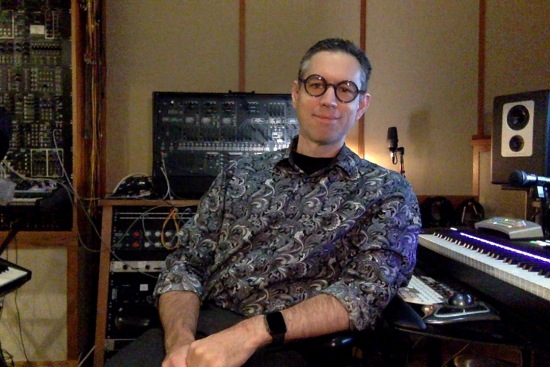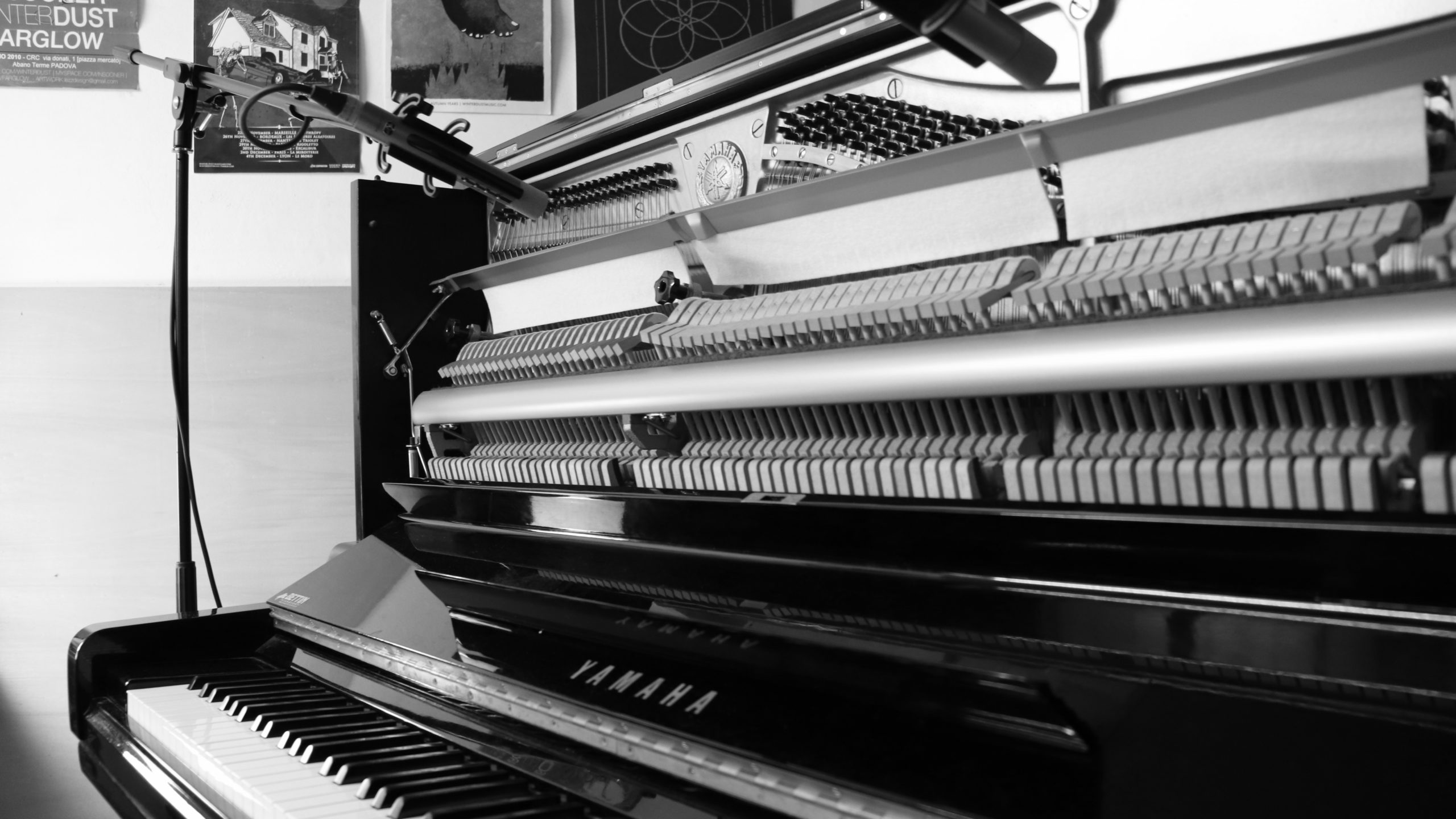
The story
Unfortunately I don’t really have a fancy story for my piano. It’s a piano like many others out there. A fantastic refurbished Yamaha U3 my father bought about 15 years ago for me to take piano lessons. Since this is the one and only real piano I’ve ever owned, it’s indeed very special to me. The best piano I could ever hope to have. I’ll never forget the first day I played it in my garage when it was delivered. The weight of each key, the mechanical noises and that rich and full sound I could never get from my older digital piano. A weird sense of freedom came from it and for the first time, I really felt like I had access to an entire new world, new dimensions beyond the tiny room I was in, something much bigger than me.
I moved to London nearly 7 years ago and, always, the first thing I do when I go back home, as well as the last one before leaving, is to play something on my piano. I’ve always wanted to sample it and and ‘take’ it with me, when I’m away. But I never thought I’d be able to do it, I didn’t have a pair of microphones but just a single one, and it was raining outside, and Inter Milan lost another game, and excuses could go on and on…
The name I gave to my library, is indeed connected to the recent events that are affecting the whole world right now. Being in Italy when the lockdown started, after a first moment of discouragement, I finally decided to bite the bullet and get a pair of stereo microphones to sample it. It’s sort of funny that it took a pandemic to make me move my ass and finally do something about this, but as an expert procrastinator, only extreme measures and pressure seem to make me function.
The idea behind this was to try and create something good out of a bad situation. This is not just a piano, but rather a little toolkit that I made from a very imperfect picture of my piano, something that still makes me feel free, even now that I haven’t been out of the house for over a month. Some of the instruments included here, like the ‘Flickering Piano’, are ideas that I hope to develop better in the future as full stand-alone libraries. I apologise for the many limits that this library has, it’s the first one I’ve ever made, so I had to learn everything from scratch. It’s finally time for me to try and give something back to an amazing community that has given me so much and from which I’ve learnt a lot and I keep learning every day.
The piano was sampled with a pair of Aston Starlights in vintage mode and a Rode NT2000. It’s plain simple, with just two dynamic layers, release triggers and no round robins. I’ll try and create a deeper sampled one soon, maybe with version two!
I hope you’ll find this library somewhat useful and maybe you’ll feel a little freedom while playing with it, like I do.
Marco
I made a terrible walkthrough of the entire library here:
And I also decided to create an EP as a demo for the library: https://soundcloud.com/marcobellonimusic/sets/stanza
Thank you very much for your time and consideration 🙂
Reviews for Quarantine Piano
- Sound
- Character
- Playability
- Inspiration
- GUI
Leave a review to let others know what you thought of the instrument!
So much versatility and Vibe
I remember this library really standing out to me when i first got into pianobook. You get different options which are all fantastic. Im personally more into felt pianos and these are simply beautiful, warm. percussive. I even find the non felt pianos to be beautiful and characterful even though im usually not a huge fan of these. You also get more fx type patches with really cool textural things going on that you could to layer underneath the piano. You can also use these on their own as they are each unique and characterful. The GUI is simple but really professional looking and allows you to blend between the felt and non felt which is really cool. This is definitely one of the best pianos on pianobook.
An extremely useful set of samples. Not just a piano...
You can tell the creator spent a lot of time and attention on this library. So many different sample instruments to get lost in. From a bright tone to stand out to a warm felt hug. I also appreciate all of the sound design and loops. This should be called a "Toolkit" not just a piano.
It comes with 5 different patches!
This piano sounds phenomenal. The sampling is amazing, since there is little to no audible white noise even under extreme playing. There is a problem with the tails of the samples, because there is a heavy trigger noise that plays even with the release trigger volume all the way down. You will notice that if you hold pretty much any note over around seconds. All of the patches though are simply wonderful, but I especially like the "warmer" patch. Super recommended!
A truly beautiful piano
I love this piano. Ever since I've downloaded it, it has become one of my go-to felt pianos. There are also alternative patches, to provide different timbres, including one without any felt / dampening. The piano sounds really well-rounded in the middle, but the low and high notes get quite detuned, so if you're looking for a perfectly pristine type of sound: this may not be the one for you. The only downside I would say is the GUI being a bit lacking, but this is really me being nitpicky. Overall: it's a simple sound, but damn it's a good one.
Highly Articulate Piano
This is a great sounding piano which is well recorded and playable. It does have a rather pronounced scoop in the mids, however. I suspect it's due to the proximity effect from the Starlight mics coupled with their proclivity for a highly detailed high end. With the front of the piano off, it's extra articulate. The dynamic response is quite good, and the library transitions from the piano to forte samples flawlessly and seamlessly. In practical applications, I found I had difficulty getting some parts to sing out over others. I think this is due in part to the fact that the lower dynamic layer is very articulate, and the pin point attack of the hammers shines through, even at the lowest velocity. I know it's a huge ask, but having an option to have a sample with the front on the instrument might have been a good choice. Modern pianos aren't designed to be played or recorded with the front off. Yamaha pianos are notoriously bright, and they rely on the cabinet to actually muffle some of the brightness and balance the sound a little bit. Still, these are all little nit picky details, and this is a really great library.

